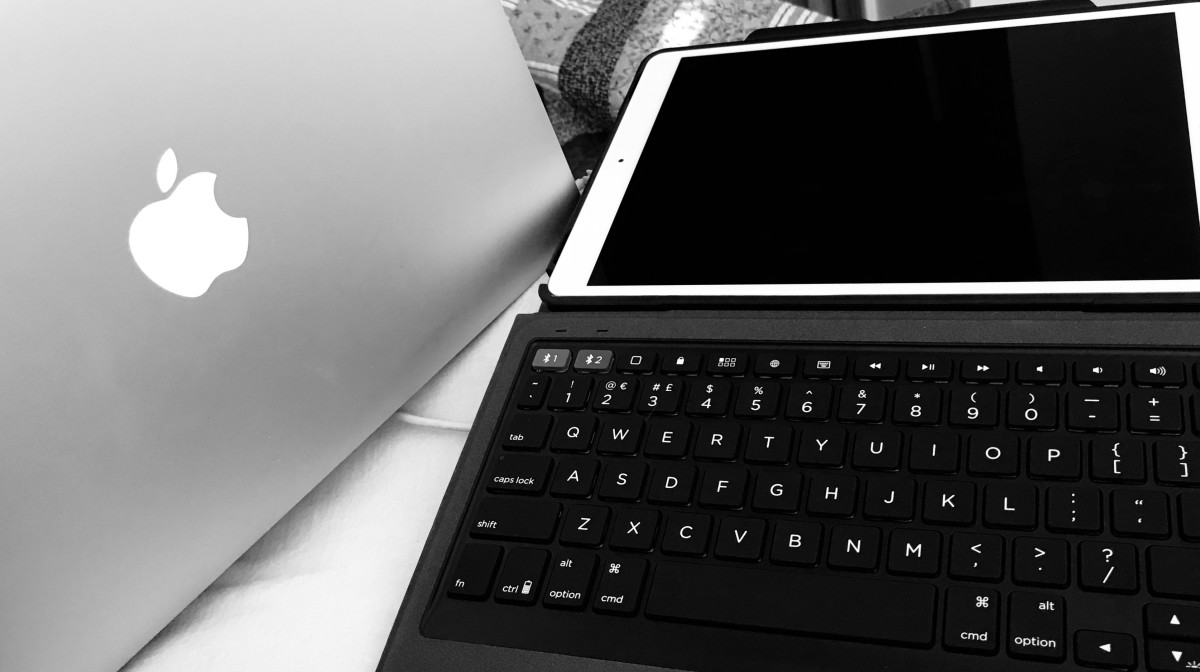The Current Phase of New Media in Europe
Over the past century, there have been significant changes on life owing to development of the media technology. Let’s compare a typical modern student’s life with the life of his or her great-grandparents generation. The modern day student can be found with a Smartphone which he uses to pass and receive messages from other students concerning specific matter. This student whom we can nickname John watches evening or morning news on the television set which also enables her to get a glimpse of what the weather will be in the course of the day. He can also decide to read the newspaper for the day’s news and events locally and internationally. John will then go on in the internet to check the mails sent to him by others or send messages to different parties. While going to school or returning back, John uses a train to do so. While in the train, he keeps himself busy by Watching YOUTUBE and charting with his friends on Face Book. This just shows how different today’s world is with the last century. During the 20th century, there were no trains, internet, television, radio, magazines and many of today’s media technology. It then becomes interesting to understand how the media industries in today’s perspective have evolved since the last century to modern times.
Among the major historians working in the field of understanding the development of new media include Grusin and Bolter whose work “Remediation: Understanding New Media” was published by the MIT press in (2000) and Levy David whose work “Reflections on contemplative scholarship, and Information Technology” appeared in the journal: Ethics and Information Technology (2007). Grusin and Bolter’s work gives us important insights concerning how the new media works and how it has developed to be what it is today. On his part, Levy notes that the pace at which life is accelerating has significantly reduced the time for contemplative scholarship, as well as thoughtful reflection within the academic world. In other words, Levy is acknowledging the impact that has been created by the new media within the academic discipline where not only students but also educators and scholars have not been spared either. Levy explores these facts deeper and comes up with recommendations on how these issues might be resolved. This is therefore, a good source to analyze the negative side of the new mass media verses the traditional media.
What is more, another historian, Park working jointly with Jones and Jankowski, have come up with a book exclusively dealing with the history and development of the New Media. Another notable historian shaping this work is Thomas Lee, whose work “Development and History of Mass Media in United States” was published in the Journal: Mass Communication and Journalism v 1. Unlike other author has dealt with the topic extensively with the subtopics ranging from books, newspapers, magazines, the radio, Television, wireless cables and the internet. The other has also address various issues pertaining to development of the mass media and journalism including growth of the industry, transformation of programming in TV and radio, alongside change and competition. Lee acknowledges the impact created by mass media on the cultural, political, social and economic trends not only in U.S but also in most nations of the world today. The author goes on trace the development of mass communication from over 500 years ago. He also presents a concise report on the various aspects in which the mass media has evolved into what it is today. Therefore, this is one of the important sources to guide us in this research.
In order to explore this topic more deeply, there are other concepts that also need to be understood. For instance, mass communication consists of various aspects such as the internet, radio, TV, books, newspapers, magazines, cable TVs, among others. These aspects need to be understood separately in terms of their development, growth and relevance in mass communication. We also need to understand the printing press, alongside the future perspective of the mass media industry. Furthermore, we need to compared the early operations of the various mass media platforms such as how the radio station worked in the 29th century and what improvements have been made in the radio industry in the current perspective. This is the same case with the printing press and Television networks. When we understand these developments, it generates a possibility of conceptualizing how the future mass media will look like. Moreover, since we are not discussing a single nation within the scope of Europe, we also need to evaluate the development of this phenomenon in various individual nations so that we can be able to compare and generalize the findings of this research.








